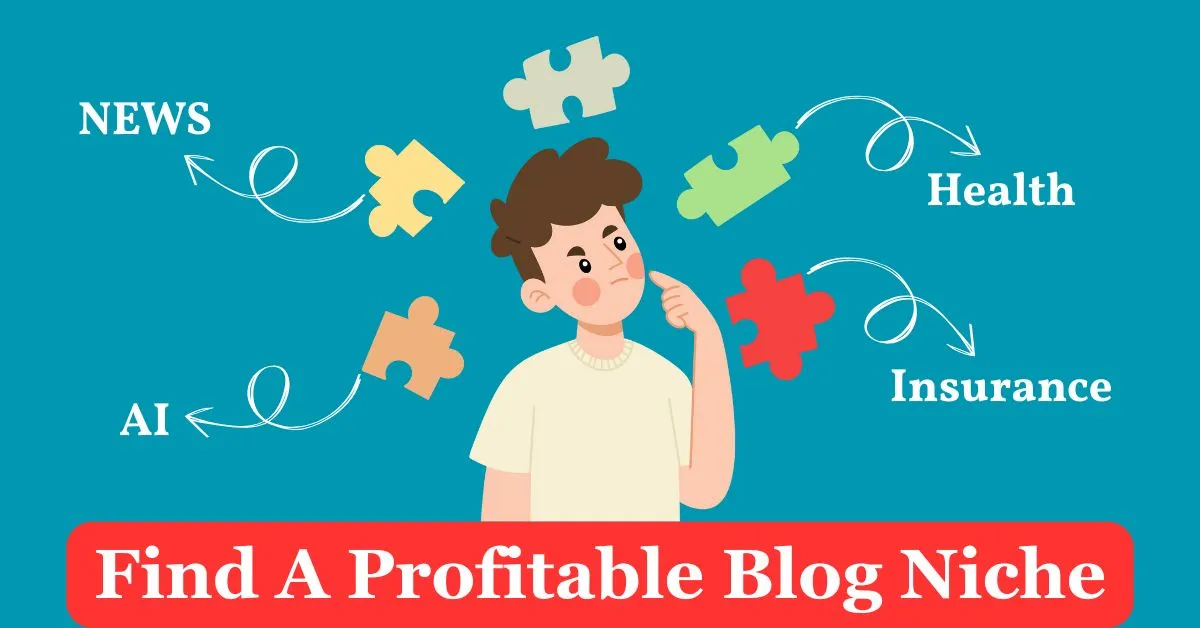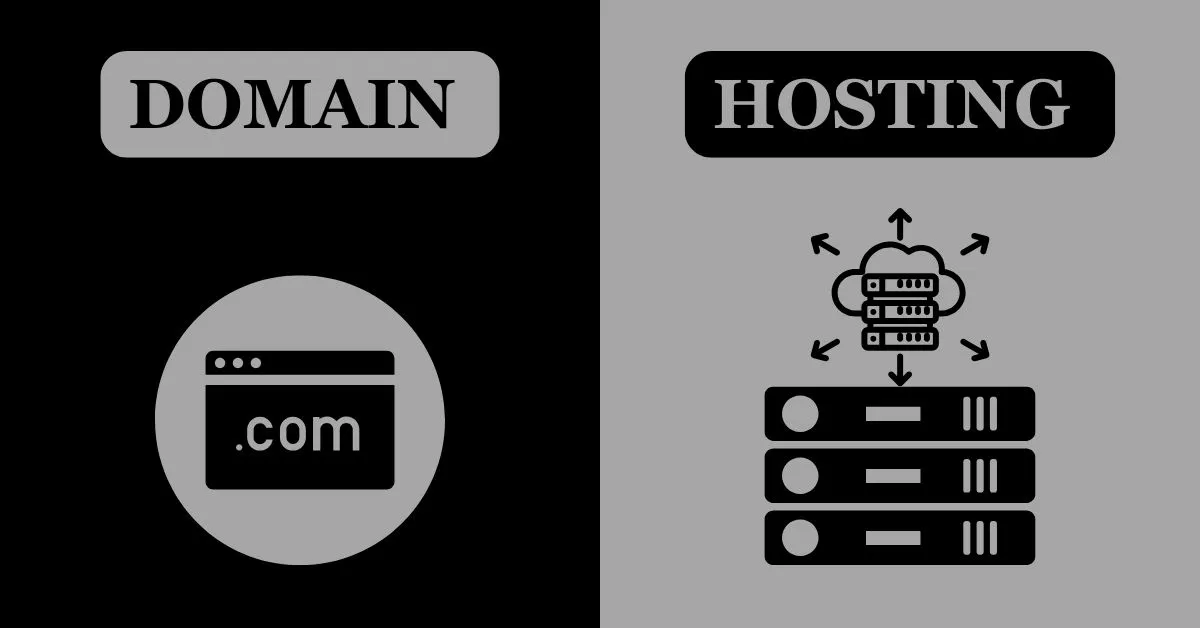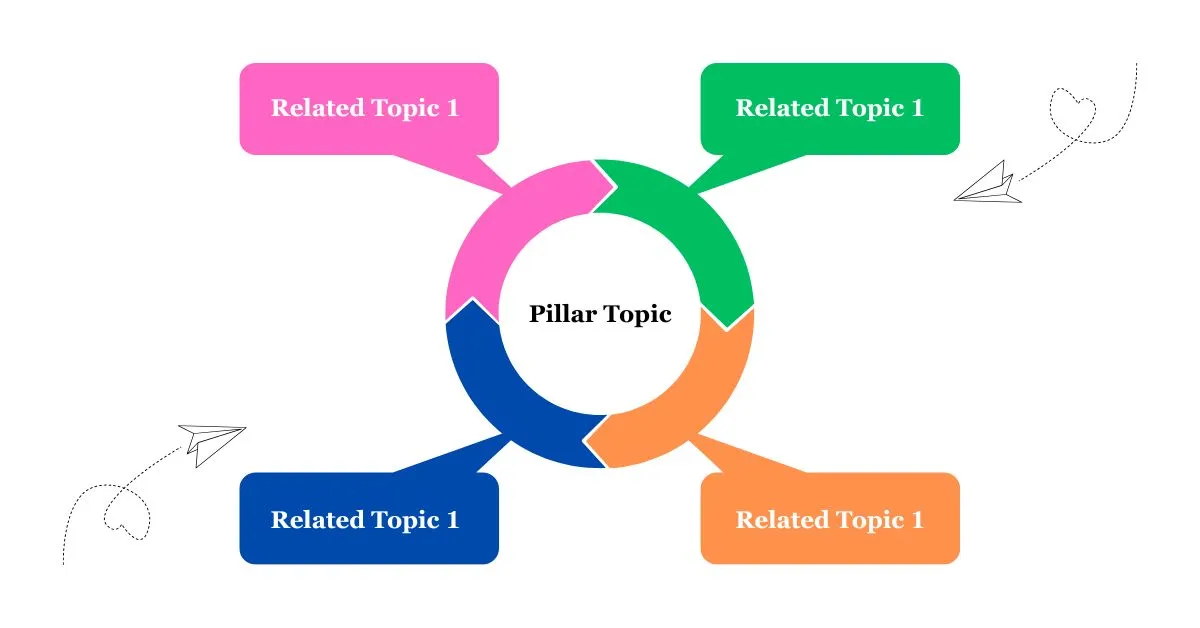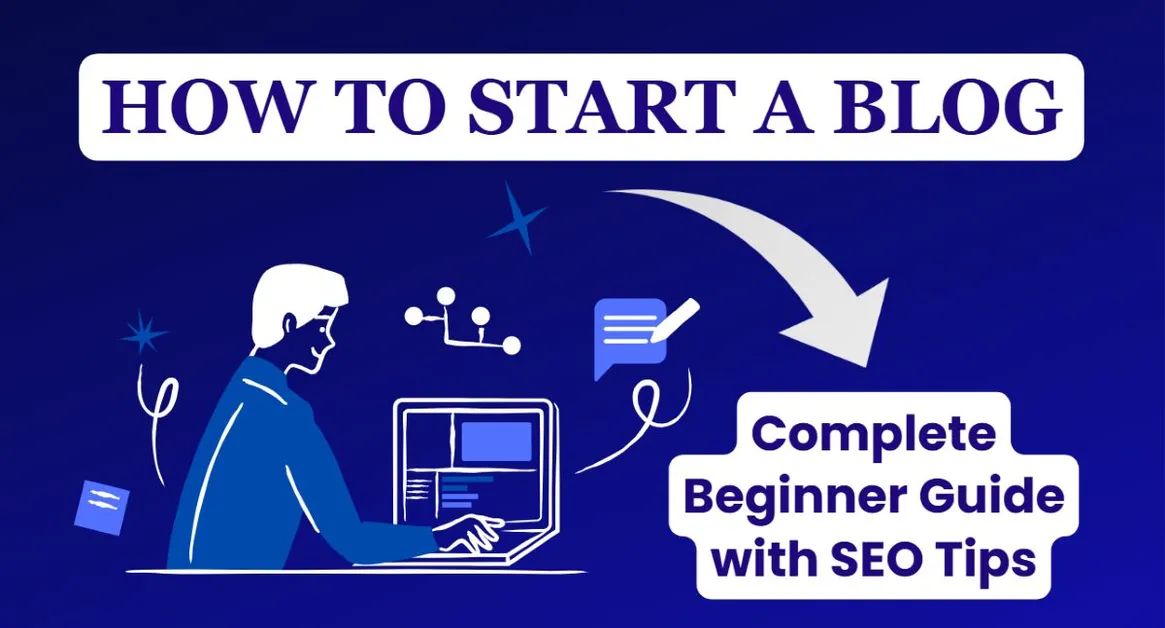Blogging in 2026 is the most powerful way to earn online, build a personal brand, and grow your business. However, with increasing competition and Google’s constantly changing algorithms, starting a blog in 2026 requires quality written articles and understanding how to start a blog in 2026.
Detailed guide, you’ll learn in this:
In this detailed guide, you’ll learn how to start a blog in 2026:
- The perfect steps to start a blog in 2026.
- How to find high-traffic & low-competition keywords.
- Best SEO Tips for Beginners.
- Pro tools and tips to grow your blog fast.
Step 1: Choose a Profitable Niche for your Blog in 2026.

To start a blog in 2026, pick a niche that interests you, has high demand, low competition, and is monetizable. Use Google Trends and keyword Research tools to verify search volume and market interest.
Choosing the right niche for your blog. It should be:
- Something you’re passionate about or an interest-based niche.
- It is in demand (people search for it the most).
- Monetizable niche (affiliate, ads, services, etc.).
Top Profitable Niches for you in 2026:
| Niche | Volume | Competition |
| AI Tools for Work | 90K+ | Low |
| Personal Finance Tips | 70K+ | Medium |
| Remote Work Guides | 55K+ | Low |
| Health & Biohacking | 50K+ | Medium |
| Side Hustle Ideas | 40K+ | Low |
Use tools like Google Trends, UberSuggest, or LowFruits.io for trends and volume.
Step 2: Do Keyword Research (With Low Competition & High Search Volume).

Use tools like Uber Suggest or Ahrefs to find high-volume and low-competition keywords. Focus on long-tail keywords that match user interest to help your blog rank quickly in search engines.
Use these free/paid tools:
- UberSuggests (Free/Paid)
- Google Keyword Planner (Free)
- LowFruits.io
- Ahrefs (Paid)
- SEMrush (Paid)
- Keyword Everywhere (Chrome Extension)
Keyword example for your blog: “How to start a Blog in 2026“.
| Keyword | Volume | KD (Low<20) |
| How to start a blog in 2026 | 3.6K | 12 |
| Blogging for Beginners 2026 | 2.9K | 9 |
| Start a blog and make money | 5.1K | 18 |
| Blog niche ideas 2026 | 1.5K | 11 |
| SEO blogging tips 2026 | 1.2K | 14 |
Target these long-tail keywords in your blog posts.
Step 3: Pick a Domain & Hosting (With SSL).

Choose a short, catchy, memorable domain and buy reliable hosting with SSL. Use fast, SEO-friendly hosting like Hostinger, A2Hosting, or Cloudways. WordPress is recommended for blogging.
Install WordPress and activate the Rank Math SEO plugin. Choose a clean, lightweight theme like Astra or GeneratePress. Set permalink structure and create essential pages like (About, Contact, Privacy).
Go for Best Domain & Hosting:
- Short, brandable, & catchy domain name.
- .com extension or targeted country extension (.in, .us, etc.).
- Fast & best hosting (e.g., Hostinger, A2Hosting, or Cloudways).
Blog Setup Tips: Install WordPress, activate an SEO-optimized theme like GeneratePress or Astra, and set up the Rank Math SEO plugin.
Step 4: Create SEO-Friendly & Original Content From Day One.

Write original content and user-friendly articles. Use your focus keyword in the title, Description, URL, Intro, and Headings. Use your SEO plugin to add images, internal links, external links, and meta tags.
Use this on-page SEO checklist:
- Use the target keyword in the title, URL, and first 100 words.
- Add internal links and external links.
- Use images with ALT tags.
- Break content into small, readable paragraphs.
- Add FAQ (optional).
- Use SEO plugins like Rank Math or Yoast.
- Write user-friendly blog content.
Step 5: Build Related Topic (Google Loves This Most!)

Create a main “pillar” article, then write 5–10 related blogs that interlink each other. This structure boosts authority and helps Google understand your site’s content in-depth and relevance.
Start with a pillar post. Then write 5–10 related posts that link internally.
Pillar Topic: –
- How to Start a Blog in 2026.
Related Topics: –
- Best Free Blogging Tools in 2026.
- How to Monetize Your Blog (Affiliate + Google AdSense).
- Keyword Research Guide for Beginners.
- How to Write SEO-Friendly Blog Post Content.
- Top Blogging Mistakes to Avoid for Beginners.
This improves site structure and builds authority for your blog.
Step 6: Promote Your Blog.

Share your posts on Pinterest, LinkedIn, Quora, and Facebook groups. Join blogging forums—outreach to other bloggers for backlinks and collaborations.
Verify your blog in Google Search Console. Submit your sitemap in Search Console, index your posts, and track your keyword performance. This step is required for visibility in Google search results.
Collect emails using popups on the website. Start with free tools like MailerLite. Build a subscriber list to notify readers about new posts and offers.
Once your blog is ready: –
- Submit to Google Search Console to index your blog.
- Share blog posts on Pinterest, Facebook, LinkedIn, and Quora.
- Join blogging communities on Reddit or Facebook Groups.
- Use email marketing from Day 1 to boost blog traffic.
Step 7: Monetize Your Blog in the Right Way

Apply for Google AdSense or use Affiliate Programs to monetize your blog. Create E-books, templates, or courses. Explore platforms like Ezoic, Sponsored Posts, or Guest Posts as traffic grows.
Once you get consistent traffic (1K–5K/month), use:
- Google AdSense & Ezoic.
- Affiliate Programs (Amazon, Impact, Clickbank).
- Sell digital products (E-books, Courses, templates).
Pro SEO Tips for Blogging in 2026.
- Write 2–3 posts weekly (800+ words).
- Track your keywords with Google Search Console.
- Update old blog posts (content) every 3–6 months.
- Focus on search intent. What users want.
- Use AI tools like ChatGPT or Google Gemini for idea generation, don’t use content, make it your own.
Conclusion.
Blogging in 2026 is still one of the best ways to make passive income. But starting with the right way, keyword research, and SEO are key to ranking on the first page. Focus on quality, consistency, and user-friendly content, and you will see growth within 3–6 months.
If you want help with niche ideas or SEO tools, explore more on Weborison!


Good Work!